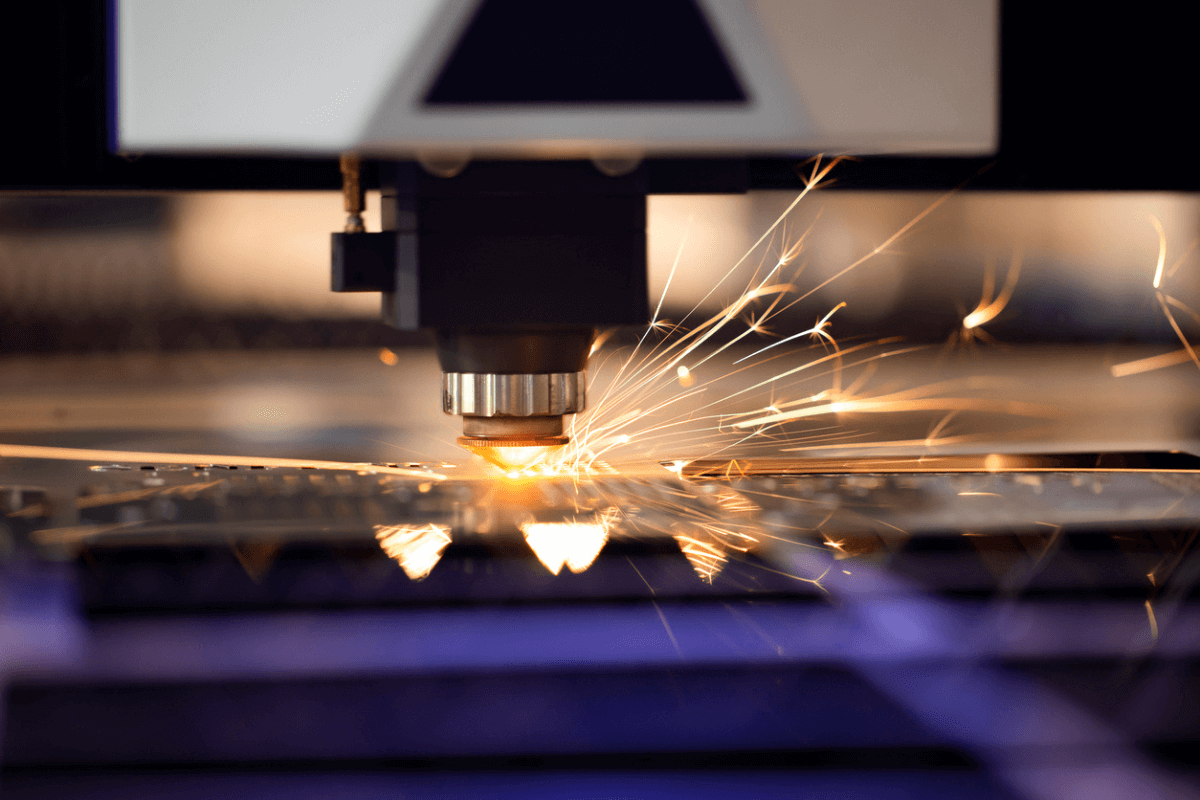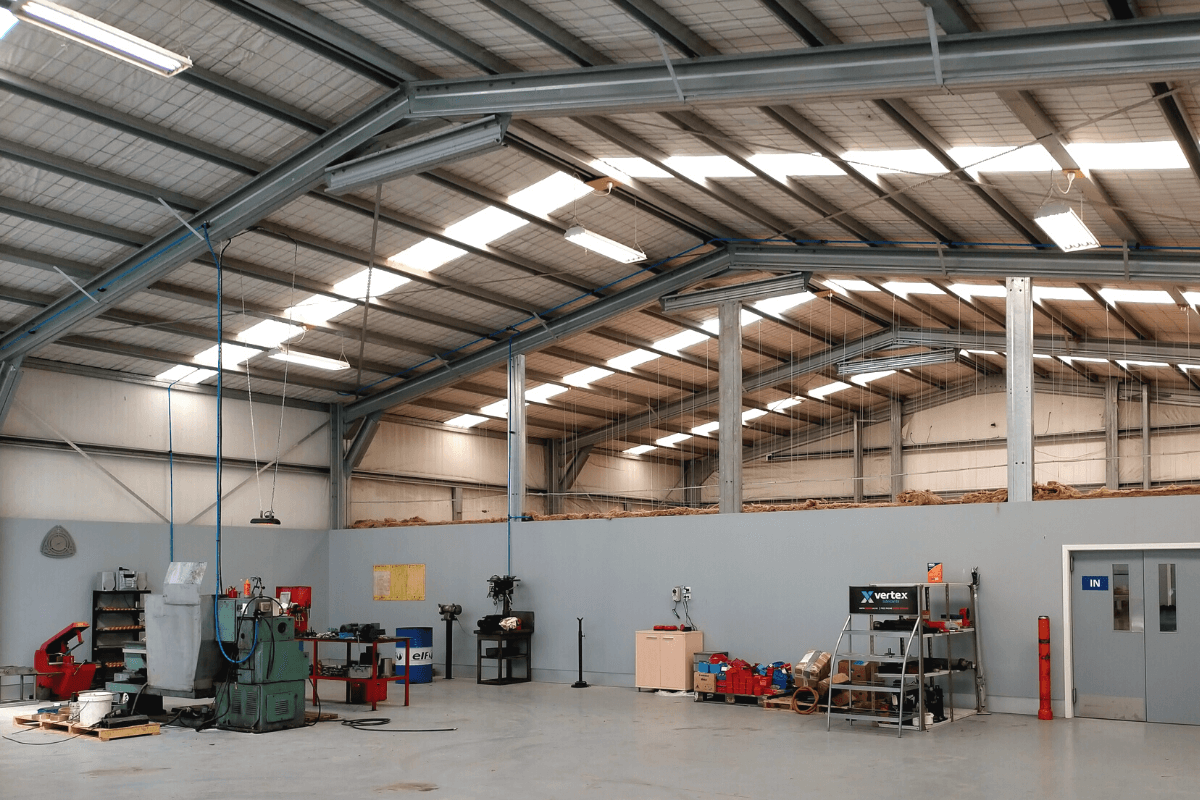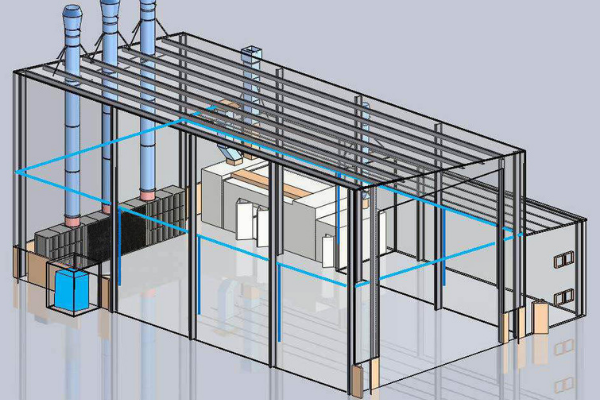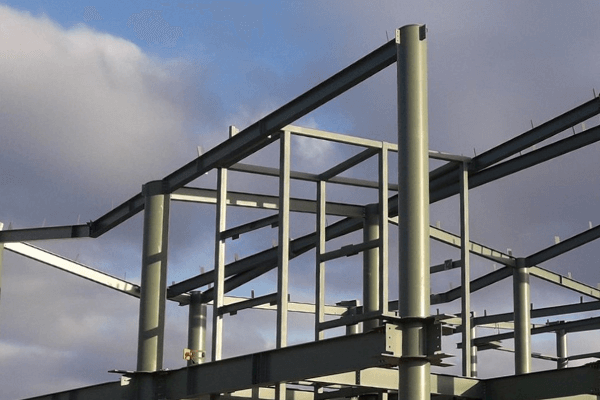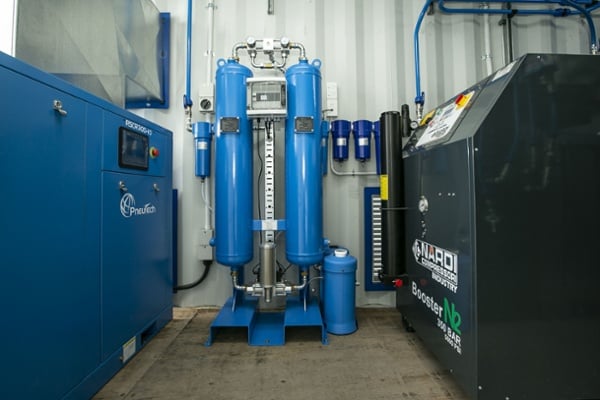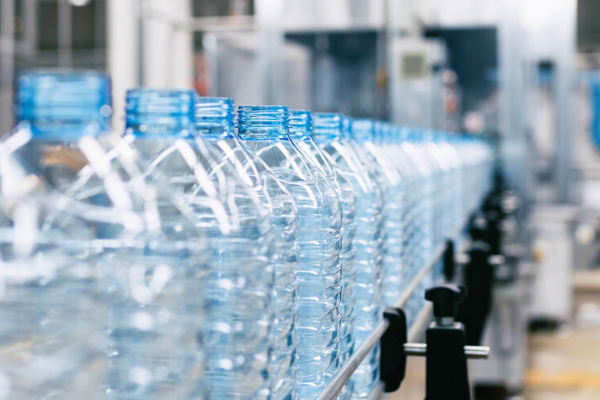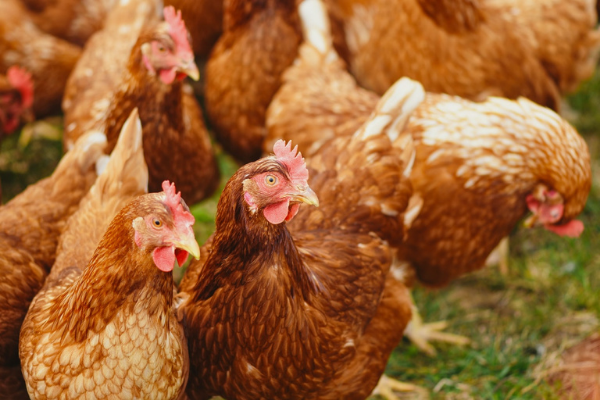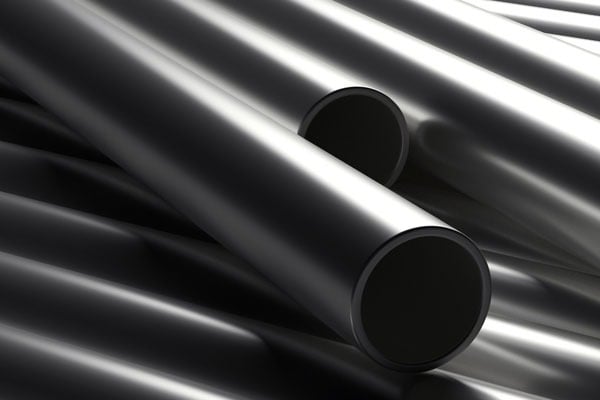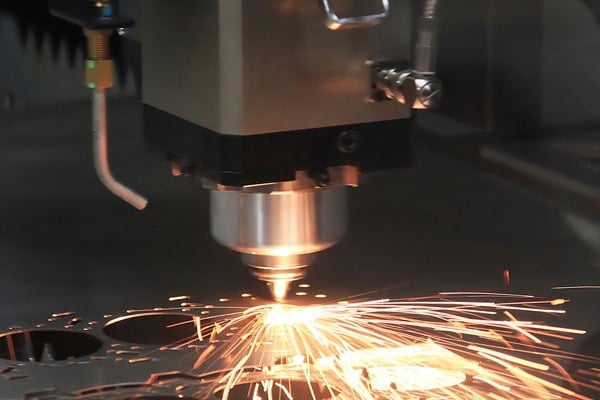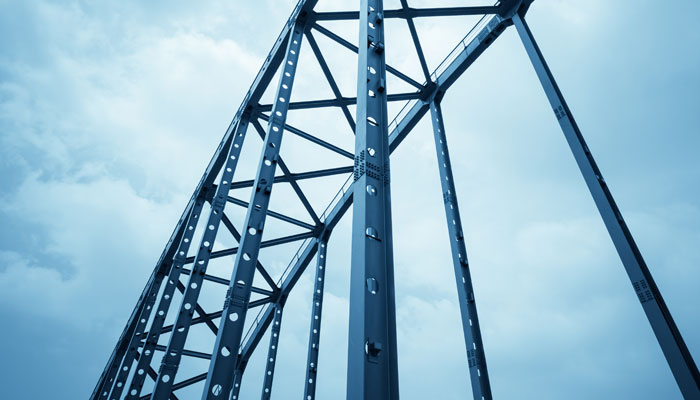Compressed air piping is essential for your compressed air system to operate – without compressed air piping, there’s no way for compressed air to get to where it needs to. Piping that’s inefficient for the job at hand or faulty could result in lost pressure, contamination and wasted power so it’s important to make sure that the piping you’re using is suitable for your factory or plant.
If you’re needing to install a new compressed air system or perhaps overhaul what you already have then it’s important to make sure that all components of your compressed air system are in correct working order – and that includes the piping that you use!
In this article, you’ll find details of which materials can be used for compressed air piping as well as additional considerations that you should be making to things like the layout so that your compressed air system is operating as efficiently as possible.
Which material is best for compressed air piping?
There are a number of different materials that are commonly used for compressed air piping systems. These materials include things like PVC, PE, stainless steel and aluminium.
PVC compressed air piping
PVC piping for compressed air can be a common choice due to being inexpensive, easy to access, and easy to install. However at its core PVC piping is plastic so while it won’t corrode, it could easily crack. A compressed air system relies on high pressure to operate so PVC pipes are not durable enough to withstand this over a long period of time. Under high enough pressure PVC pipes will become brittle, break and could even shatter into tiny pieces that, when mixed with high-pressure air, can pose a safety risk to those in the workplace.
Many countries like the United States have already banned the use of PVC piping for compressed air systems simply because of the safety risks that this material poses in above-ground applications. There are much safer and more durable piping options on the market that can be used for compressed air systems, like aluminium. If you happen to be utilising a PVC compressed air system at present you should look to replace this as soon as possible!
PE piping
PE piping is another common choice for compressed air systems, largely due to it's low cost, while it is also correctly rated for low pressure compressed air applications. However, PE piping does not last well over time, and tends to sag between connection points. These sags in the air line become traps for moisture, and even though you may have a refrigerated dryer removing most of the moisture, the compressed air is still picking up water as it passes over these areas, which is passed through to your factory/production line.
Additionally, the wall thickness of the piping required to withstand the pressure, means you get greatly reduced air flow with PE piping compared to aluminium for the same outside-diameter pipe size. Often you will need to install the next size-up piping with PE, to get the required air flow.
Stainless steel compressed air piping
Capable of resisting corrosion while offering great strength and durability, stainless steel can be a popular choice for compressed air piping solutions, and is the preferred material for food applications. However, stainless steel can be time-consuming to install since the joints need welding and threading. Although some press-fit stainless steel piping options are available, this longer installation time, along with higher material costs means the capital outlay is a lot higher than aluminium solutions.
- Durable: But also heavier than other solutions.
- Strong: Due, in part to the more involved installation process.
- Corrosion-resistant: Excellent for ensuring clean airflow.
Aluminium compressed air piping
A popular choice for many new compressed air systems, aluminium air piping is known for its reliability and durability. Similar to a material like stainless steel, aluminium won’t degrade or corrode. There are many other benefits to using aluminium piping which include:
- Ready to use: Most aluminium pipe is supplied ready to use so doesn’t involve too much extra prep work apart from cutting to size.
- Lightweight: Aluminium is a lightweight material and much lighter than steel pipe and copper pipe. For this reason, aluminium is very easy to transport to its destination.
- Clean air: A compressed air system made from aluminium piping will provide much cleaner compressed air when compared to something like a steel pipe system. It’s important that air is as clean as possible to meet the ISO air quality standards.
- Reduced energy costs: Aluminium is a durable material that’s corrosion-resistant so will result in better air quality and reduced energy costs.
A correctly installed aluminium piping system will result in air that's cleaner while reducing your energy costs.
Considerations to increase pressure efficiency
As well as the piping material that you use, there are a few important factors to consider in your compressed air piping system so that air flows as efficiently as possible.
Angles
The angles that you use in your piping system will have a big impact on how effectively air flows. We recommend that angles of between 30 to 45 degrees in your piping are ideal – anything more than this may result in angles that are too sharp. When angles are too sharp this can restrict how easily air can flow through the pipes, reducing pressure and slowing down the speed of airflow. 90 degree bends are often unavoidable in piping systems, however, placement of your ring main or lateral piping should be designed to keep the number of 90 degree bends to an absolute minimum.
Potential obstructions
In the instance that your air piping system does experience some type of corrosion, it’s important to fix this as soon as possible to avoid potential obstructions from appearing in your compressed air system. An air filter is a good way to ensure your compressed air is clean and free of potential contaminants, as is a refrigerated dryer. However, by choosing the right piping material that’s corrosion-resistant you should be able to avoid the majority of obstructions.
Pipe fittings
One last consideration is the pipe fittings that you use on your piping. Fittings should fit securely to stop any possible compressed air leaks from occurring. Undetected leaks will not only mean that your compressed air system is operating less effectively, but you could be wasting up to 30% of your energy costs as well!
Worried about leaks in your compressed air? Book a leak detection test >>
Take advantage of the asset write-off
If you need to install new compressed air piping in your factory or plant then you could be eligible to depreciate these assets due to recent changes in legislation made by the New Zealand government.
The government has recently passed legislation to temporarily increase the low-value asset threshold for depreciation from $500 to $5,000 – this is to help businesses to keep investing during COVD-19. This increase allows you to deduct the full cost of your business assets with a value of less than $5,000, in the year you purchased them. The increased threshold is only available until the 16th of March 2021 so it’s worthwhile purchasing lower-value assets now like air piping, to make the most of this incentive.
As compressed air systems specialists, we can provide your factory or plant with quality aluminium air piping that will make sure your compressed air is flowing as efficiently as possible. Alu Air piping systems provide the ultimate compressed air reticulation, with high performance, long-lasting and are a reliable solution. The thin-walled pipe construction results in very high air flow rates and when compared to a material like poly pipe, it will transfer up to twice the airflow for the same outside wall diameter.
Get in touch with us today to enquire about compressed air piping for your factory or plant.
Worried that your current compressed air system may be costing you money in wasted energy? Book in a leak detection test with us and find out where leaks are occurring, and how much you could be saving each year.

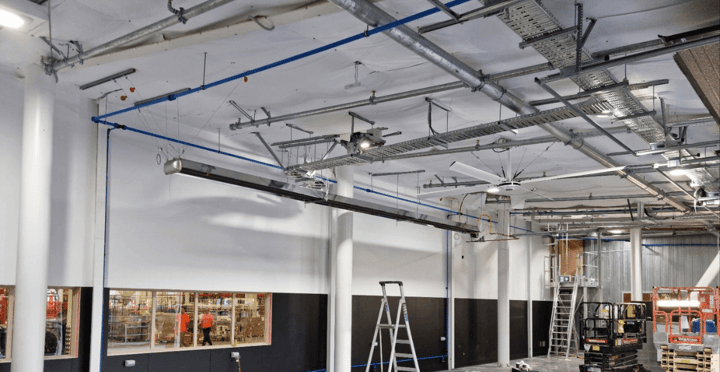
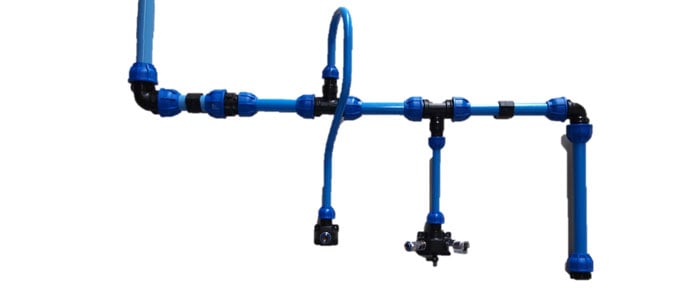


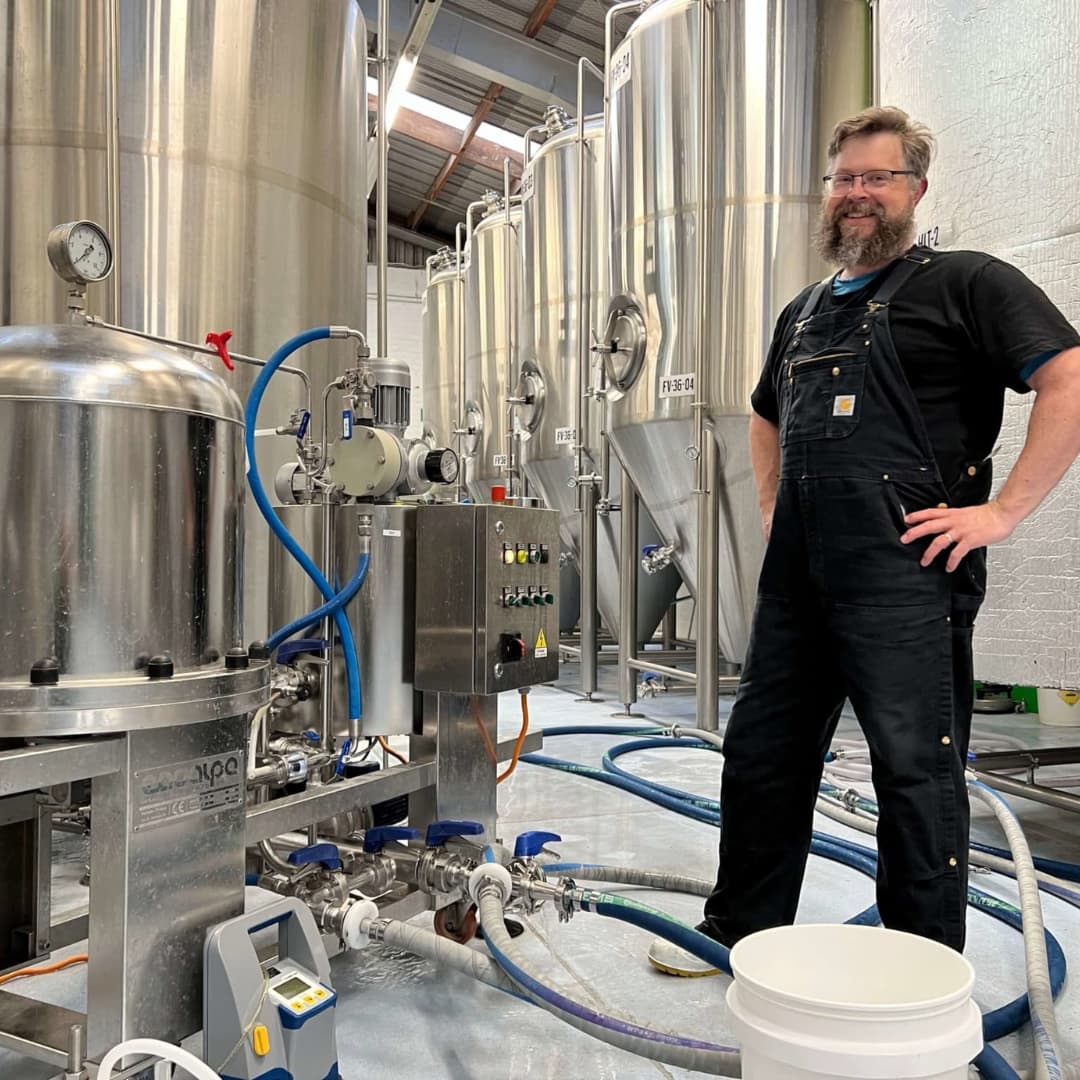
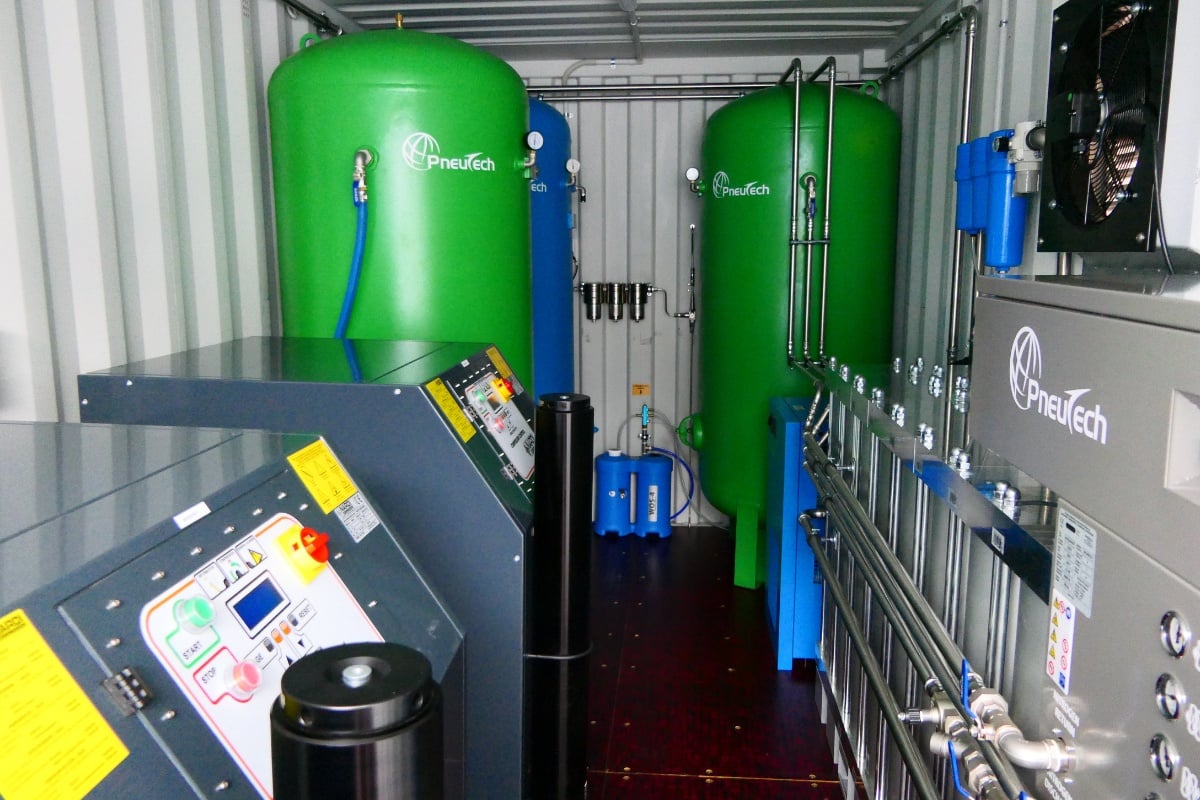
.jpg)


